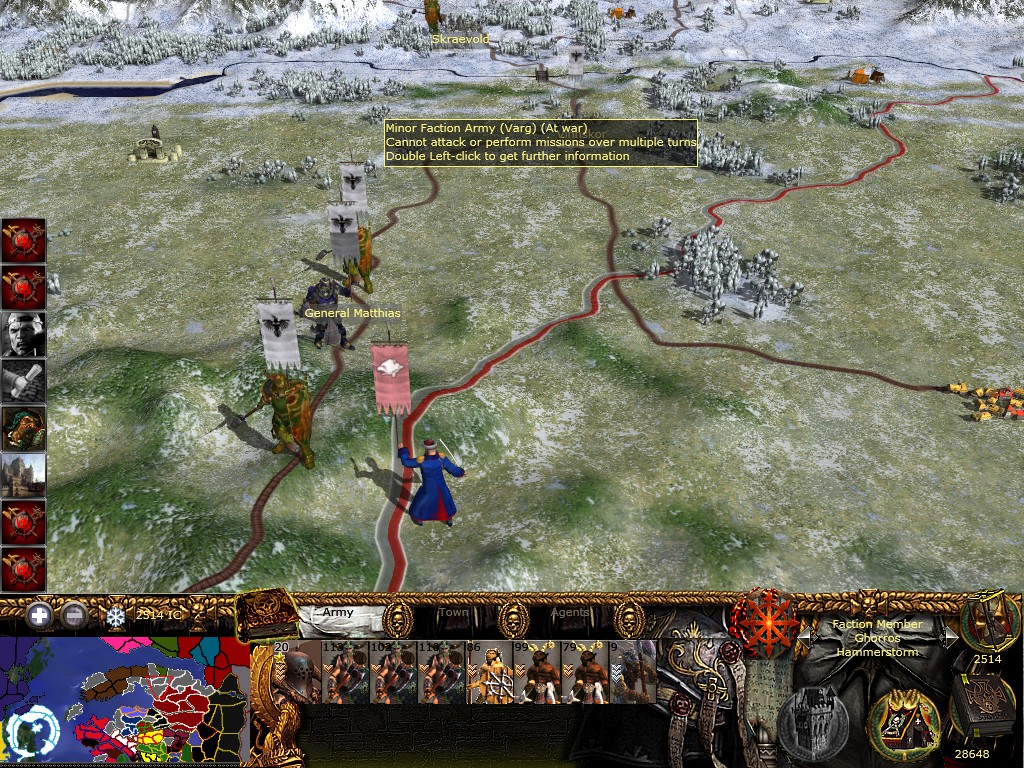


For example, the Julian day number for the day starting at 12:00 UT (noon) on January 1, 2000, was 2 451 545. The Julian day number (JDN) is the integer assigned to a whole solar day in the Julian day count starting from noon Universal time, with Julian day number 0 assigned to the day starting at noon on Monday, January 1, 4713 BC, proleptic Julian calendar (November 24, 4714 BC, in the proleptic Gregorian calendar), a date at which three multi-year cycles started (which are: Indiction, Solar, and Lunar cycles) and which preceded any dates in recorded history. The Julian day is the continuous count of days since the beginning of the Julian period, and is used primarily by astronomers, and in software for easily calculating elapsed days between two events (e.g. Not to be confused with Julian year (astronomy).


 0 kommentar(er)
0 kommentar(er)
